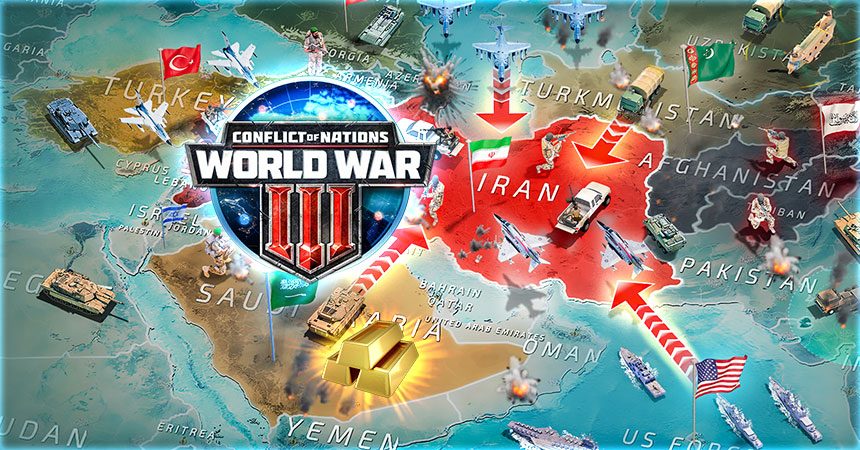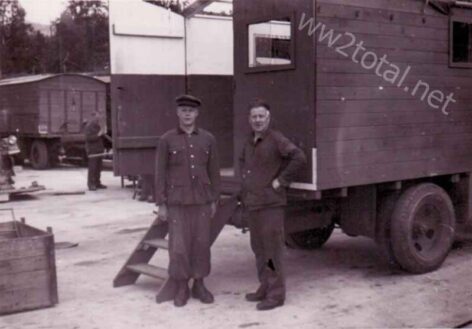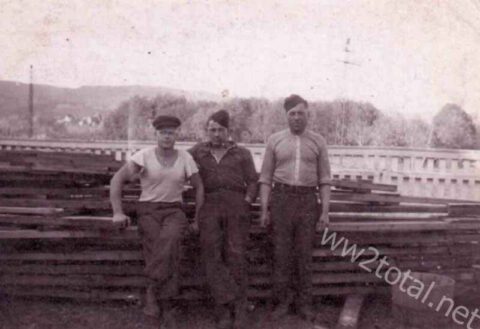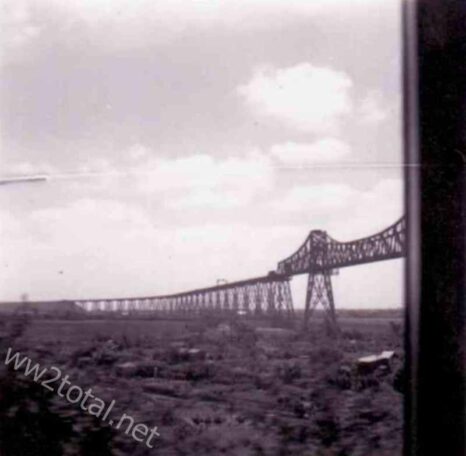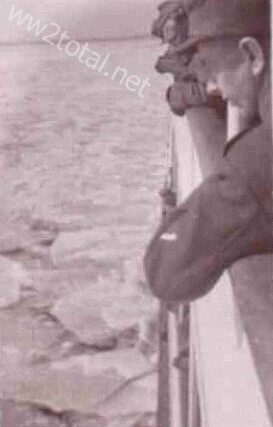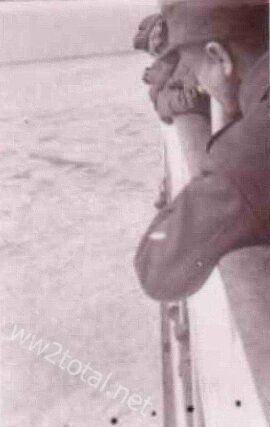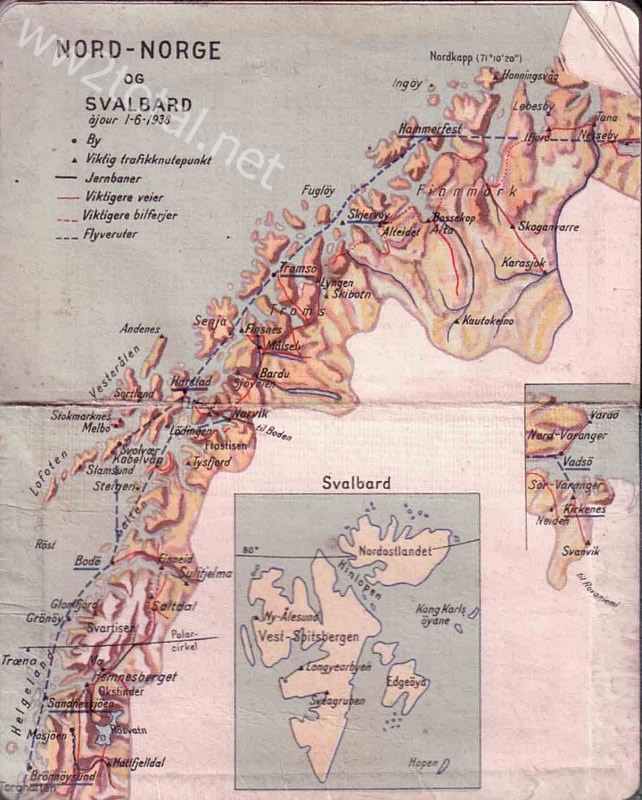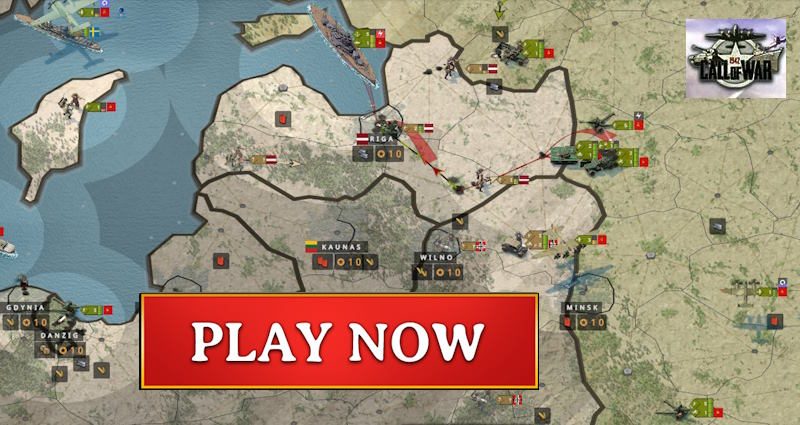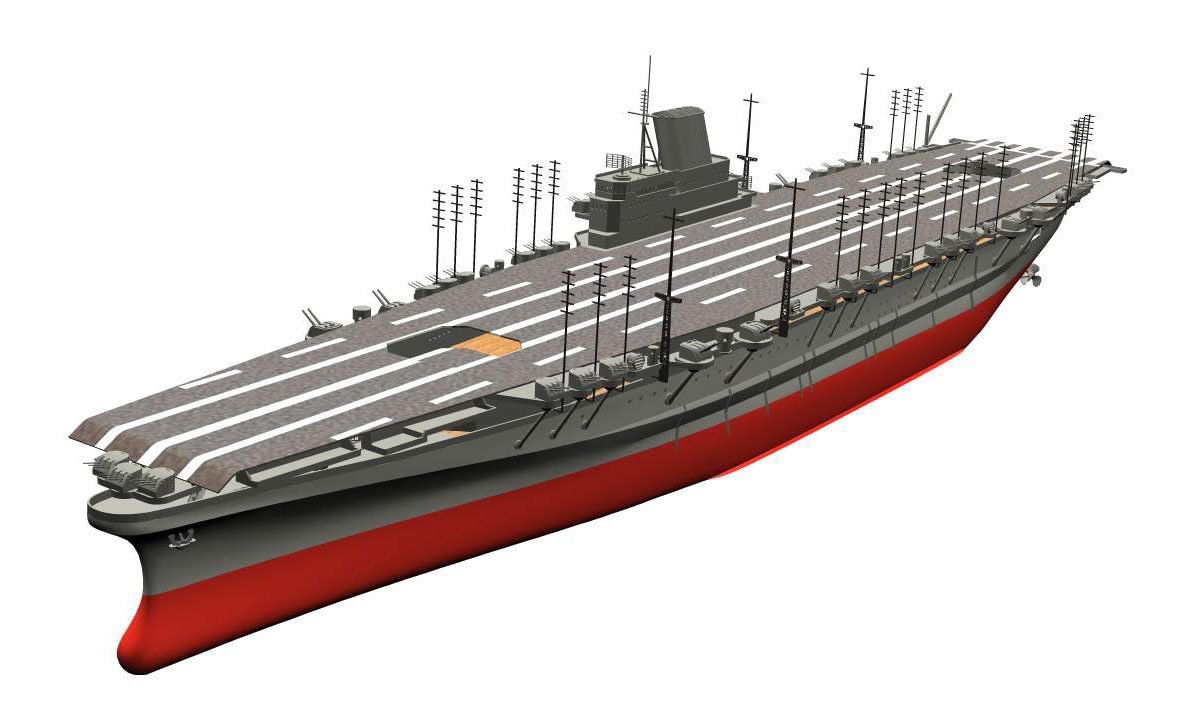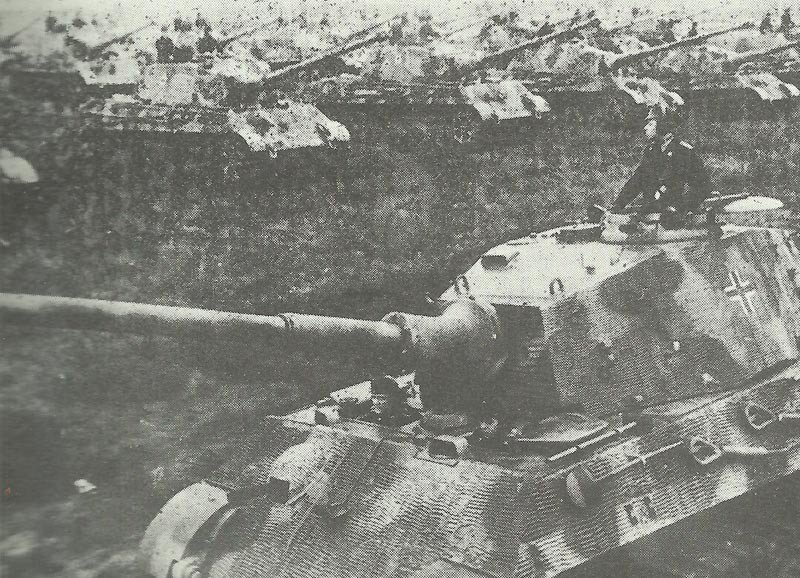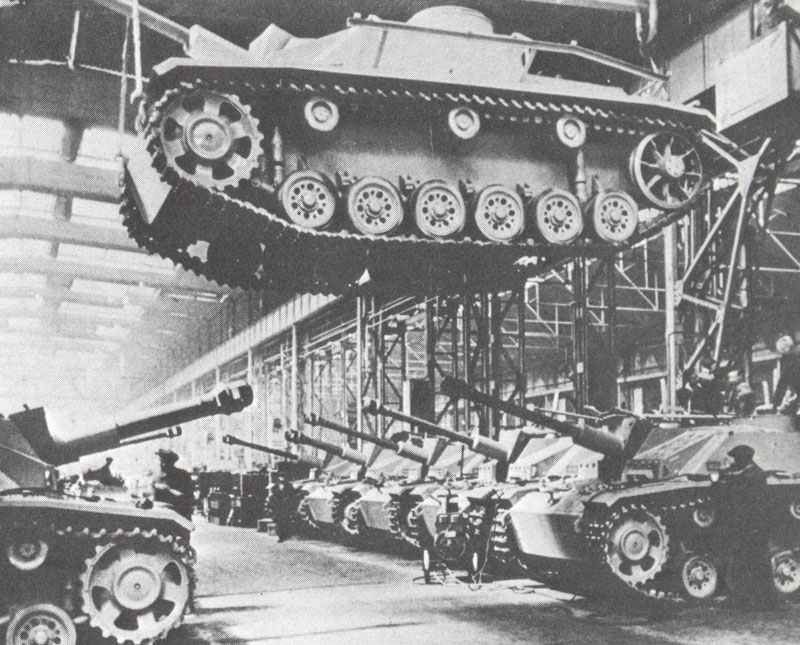WW2 pictures from Russian PoW volunteers (HIWI) and official trips.
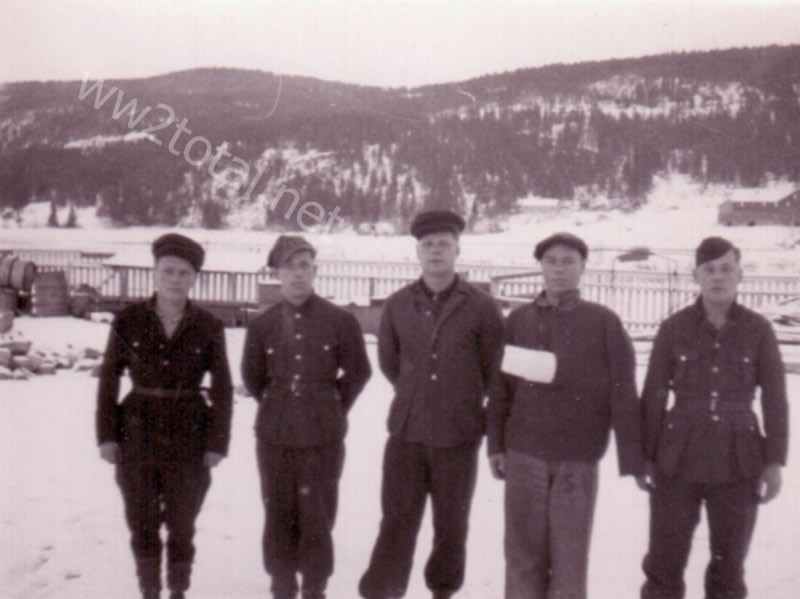
Pictures from a soldier of the Wehrmacht about Russian prisoners of war (PoW’s), which served for the 214th Infantry Division in Norway as so-called ‘Hiwis‘ and from official trips to Germany and in Norway.
Please click on one of the pictures to enlarge.
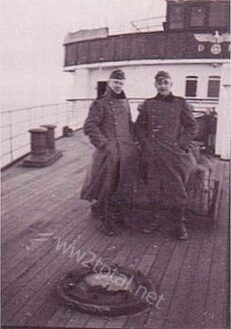

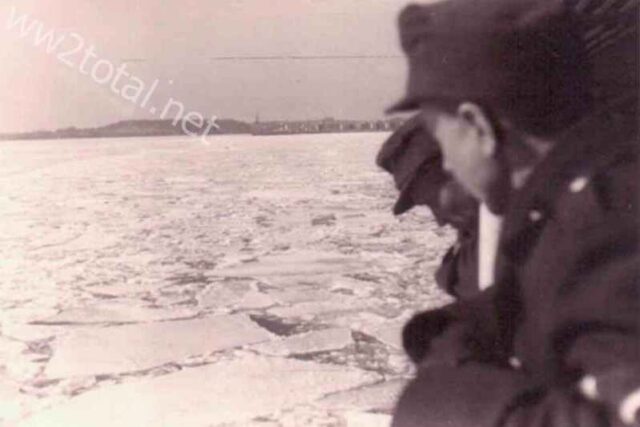


HIWI (Hilfswilliger), the Soviet Auxiliary Volunteers in the German Army During WW2
Table of Contents
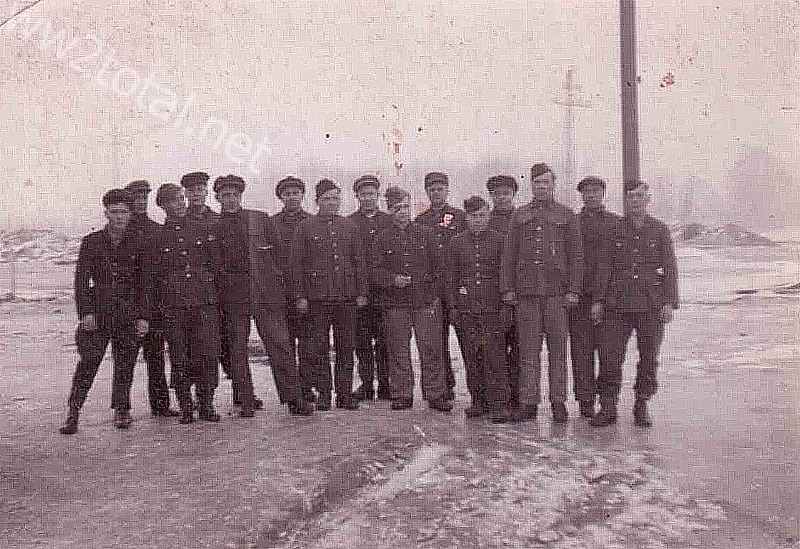
During World War II, Nazi Germany’s strategy expanded to include not only its own soldiers but also troops from the territories it occupied. Among these were the Hiwi, short for Hilfswilliger, a group made up of Soviet citizens who served as auxiliary volunteers in the German Army. These volunteers were pivotal in supplementing the German military forces, with numbers growing to hundreds of thousands by 1944.
Designed to support the German troops, Hiwis played various roles ranging from combat support to logistical assistance. They were recruited mainly from Soviet prisoners of war and local populations in the occupied Eastern territories. The integration of Hiwis into the German army highlighted the complexities of military alliances during the war, standing as a testament to the multifaceted dynamics of wartime cooperation and survival.
While their participation was crucial, the involvement of Soviet citizens in the German war effort remains a complex and sensitive issue. Their role challenges the traditional narratives of enemy lines and highlights the desperation and difficult choices faced by individuals during the turmoil of war. Exploring their stories offers insights into the lesser-known aspects of World War II history.
Historical Context
The Hiwi volunteers, derived from Soviet territories, played a significant role on the Eastern Front during World War II. Their formation was influenced by the strategic needs of Nazi Germany and and affected by lack of manpower.
Operation Barbarossa and the Eastern Front
Operation Barbarossa was the code name for Nazi Germany’s invasion of the Soviet Union on June 22, 1941. This massive military operation marked a pivotal turn in World War II, leading to the fierce battles on the Eastern Front. The 6th Army was notably involved in the Battle of Stalingrad, which was one of the most critical clashes.
The invasion plan aimed for a quick and decisive victory. However, it faced strong Soviet resistance, turning the campaign into a war of annihilation. This was characterized by brutal combat and heavy casualties on both sides. Operation Barbarossa resulted in enormous territorial gains initially but ultimately failed to bring about the swift victory Germany had sought.
Formation of HIWIs
As the war on the Eastern Front dragged on, the German Army needed additional manpower. The term Hilfswilliger (or Hiwi) referred to Soviet citizens who volunteered or were recruited to assist German forces. Despite initial reluctance, Adolf Hitler allowed their recruitment.
By 1944, an estimated 600,000 Hiwis were serving in various capacities. They were integrated into units where distinguishing them from regular German troops became challenging. The use of Hiwis helped address personnel shortages, providing critical support, although it also raised complex issues regarding allegiance and collaboration. This integration was a strategic move by Nazi Germany to leverage local resources in the occupied Soviet territories.
Recruitment and Roles
During World War II, many Soviet citizens found themselves recruited into auxiliary roles within the German Army. These Hiwis served various purposes, ranging from support services to participating directly in combat, which helped the Wehrmacht manage its expanding frontlines.
Recruitment of Soviet Citizens
The recruitment of Soviet citizens into the German military began during Operation Barbarossa. As the German Army advanced into Soviet territory, many prisoners of war and civilians were given the choice to join as auxiliary volunteers, or “Hiwis.” The term “Hiwi” is short for Hilfswilliger, meaning “willing helper.”
Adolf Hitler initially had reservations about recruiting Soviet citizens. However, as the war progressed and manpower shortages became critical, the policy changed. By 1944, about 600,000 Hiwis had been enlisted. Both men and women were recruited, though men primarily filled these roles. Recruitment often targeted Soviet prisoners, offering them an alternative to the harsh conditions of captivity.
Duties and Responsibilities
Hiwis performed a wide range of duties within the Wehrmacht. Many were tasked with non-combat roles such as cooking, vehicle maintenance, and logistics, which freed German soldiers for front-line duties. Others provided medical assistance or worked as drivers.
Interestingly, some Hiwis found themselves in combat roles, becoming nearly indistinguishable from regular German troops in battle. They often served in company strength, which allowed their presence to be influential across various units. The lines between auxiliary forces and regular combat units sometimes blurred, especially when these volunteers were used to bolster the ranks in critical situations. Despite their varied roles, Hiwis remained an essential part of the German war effort.
HIWIs in Concentration and Extermination Camps
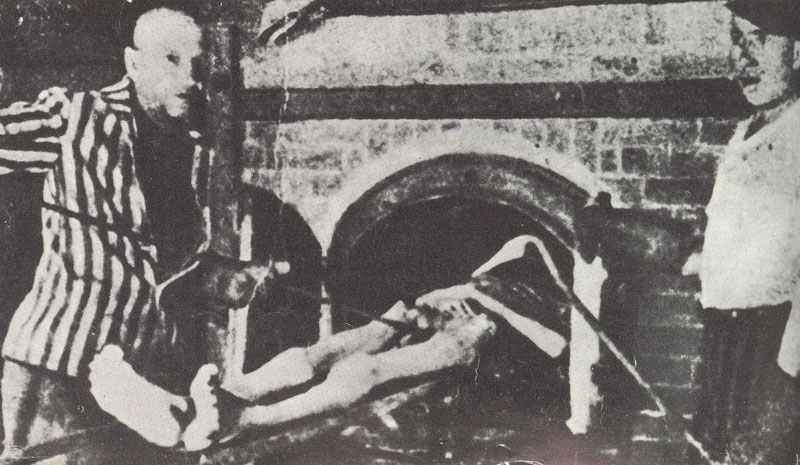
During World War II, some Soviet prisoners of war, known as HIWIs, were recruited by Nazi Germany to assist in concentration and extermination camps. Their roles and actions became a part of the horrific crimes committed during the Holocaust.
Trawniki Concentration Camp
At Trawniki, a training camp in Poland, thousands of Soviet prisoners were trained as guards. Recruited as HIWIs, they were used to staff various Nazi camps. These involuntary recruits, often under duress, became part of the camp administration.
The Trawniki men participated in the operation of Sobibor, Treblinka II, and Belzec extermination camps. Their work involved guarding prisoners and preventing escapes. Despite being Soviet citizens, they collaborated with the Nazis in carrying out horrific tasks during the Holocaust. Many carried out or were involved in the execution of Jews.
Role in the Final Solution
The HIWIs at extermination camps played crucial roles in the Nazis’ Final Solution. They assisted in the process of mass murder, which included the direct execution of Jewish people and other targeted groups.
These Soviet auxiliaries were tasked with guiding victims into gas chambers and overseeing the orderly operation of the camps. By doing so, they became integral parts of the extermination process, aiding the systematic genocide implemented by the Nazi regime.
Although they were often coerced into these roles as a survival strategy, HIWIs were still key operatives within the machinery of death that defined the Holocaust period. Their actions contributed significantly to the execution of Nazi genocidal plans.
Occupation and Collaboration
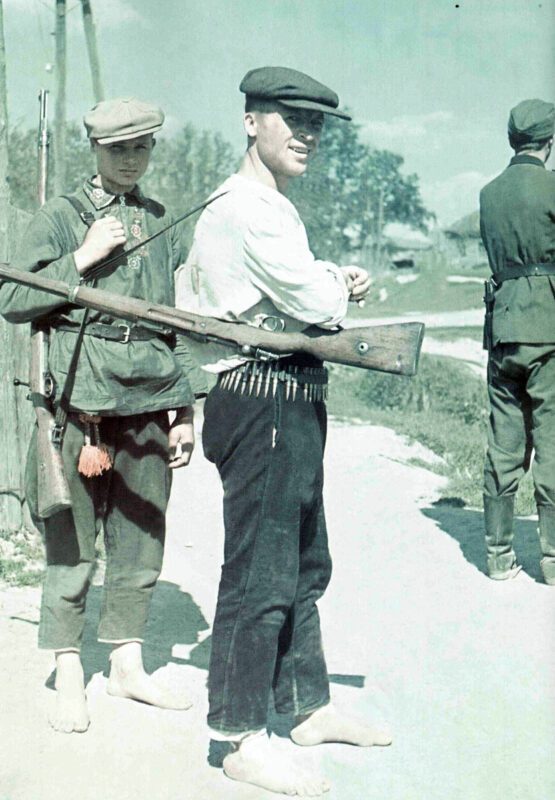
During World War II, the German Army occupied large areas of Eastern Europe, fostering collaboration from local populations. This part of the conflict saw the creation of auxiliary police forces and varied responses from occupied regions.
Collaborationist Auxiliary Police
In the occupied territories, the Germans established the Collaborationist Auxiliary Police. They were mostly formed from local volunteers eager to assist the occupiers.
These forces were crucial in maintaining control and enforcing German policies. They were used in cities like Warsaw and Lvov, where they helped carry out orders, often with harsh measures. They wore uniforms that were distinct yet resembled those of the German forces, creating a visible presence in occupied areas.
Their duties ranged from security patrols to direct involvement in anti-partisan operations. By collaborating, these police units played a significant role in the implementation of German directives, impacting the local populace profoundly.
Soviet and Other Occupied Territories
The Germans recruited a substantial number of auxiliaries from the Occupied Soviet Union and other regions like Occupied Poland. These recruits were known as Hiwis and comprised a mix of local ethnicities.
In places like Białystok, recruitment was driven by varied motives, including survival and coercion. The recruits were essential to German military operations, sometimes forming entire divisions under the direction of units like the Schutzstaffel.
Collaboration in these areas was marked by complex dynamics, as many saw this as an opportunity to improve their circumstances, while others were compelled through threats or incentives. This period of collaboration had lasting effects on community relationships and post-war dynamics.
Life of a HIWI
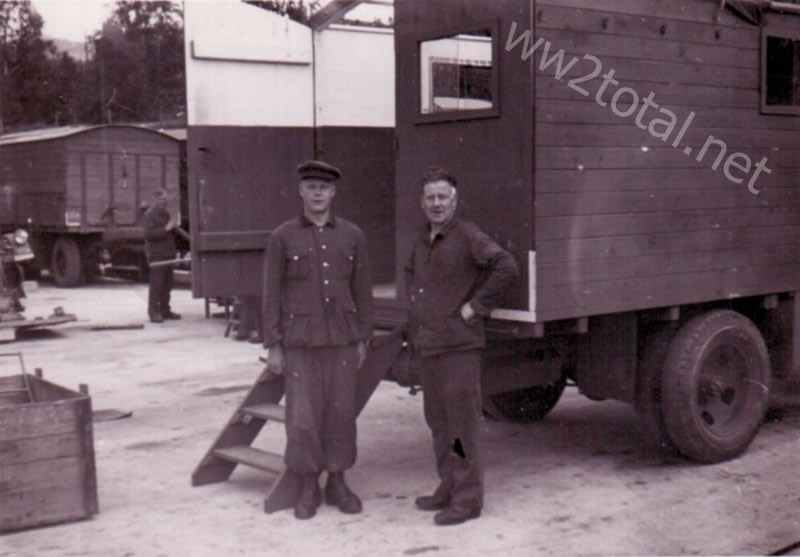
Being a HIWI meant navigating the complex terrain of both serving in the German Army and enduring harsh conditions. These Soviet auxiliary volunteers faced daily difficulties in their roles while constantly seeking ways to survive.
Daily Life and Conditions
HIWIs, or Soviet auxiliary volunteers, were integrated into the German military during World War II. Their daily routines included diverse tasks, ranging from logistics support to combat roles. Many were indistinguishable from regular German soldiers. The living conditions for these volunteers varied, often depending on their assigned duties and the resources available.
Meals were minimal and inconsistent, influenced by wartime shortages. Many HIWIs lacked sufficient uniforms or protective gear, which made survival in harsh climates challenging. Language barriers also led to isolation, as many of them could not communicate effectively with German troops. Despite these challenges, the hope for improved conditions or perceived safety sometimes motivated them to endure these tough environments.
Survival and Challenges
Survival as a HIWI was a constant struggle. The harsh winters of Eastern Europe, paired with limited supplies, tested their resilience. Some HIWIs managed to form small support networks to share resources. Others faced mistreatment and mistrust from both German forces and fellow soldiers.
Soviet soldiers who became HIWIs often hoped to avoid the harsh realities of the Gulag or immediate execution. Yet their position was precarious; they faced suspicion from both the Germans and their own people. Direct participation in conflicts increased the risk of injury or death. Throughout it all, survival often depended on adaptability and maintaining the delicate balance between serving and safeguarding themselves amidst a war-torn landscape.
Post-War Scenarios
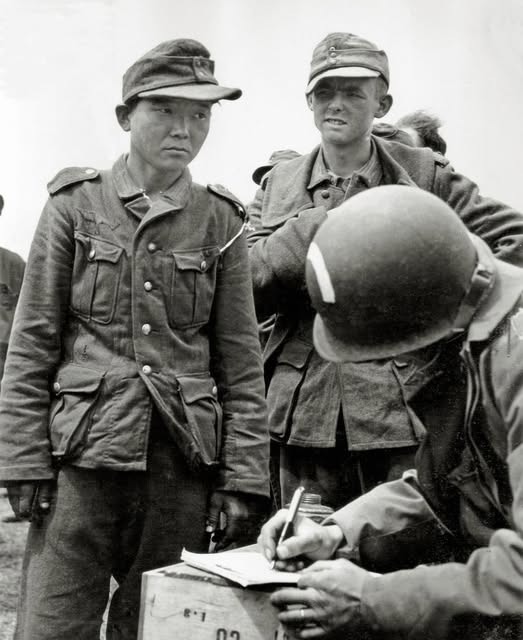
After World War II, the fate of the Hiwis was complex and shaped by the outcomes of the war. Many faced legal consequences, while others experienced harsh treatment as traitors or collaborators.
Repercussions and Trials
Following WWII, numerous Hiwis encountered legal actions for their roles. Part of the German military, many were accused of war crimes due to their involvement in Nazi operations. Trials took place in both Soviet and Allied courts. Soviet authorities often took a hard stance, as Hiwis had aided their enemy. Many were sentenced harshly, seen as traitors who had turned against the Red Army. Allied powers also sought justice in the post-war environment, contributing to the landscape of legal accountability.
HIWIs Fate After WWII
After the war, Hiwis faced different futures, largely depending on where they were captured. Soviet POW camps awaited many, where former Hiwis could expect severe penalties. Some were executed; others languished in labor camps. In Soviet views, their collaboration was unforgivable. In other regions, reactions varied, with some integrating into post-war societies. Those not punished often lived under suspicion, with past actions overshadowing efforts to move forward after the war. These post-war challenges highlighted the complexities former auxiliaries faced transitioning from war back to civilian life.
Historical Debates and Research
The role of Hiwis in the German army during World War II has sparked important discussions. These debates often center on whether their involvement was voluntary collaboration or forced coercion, and how history has interpreted their actions.
Collaborationism Versus Coercion
An ongoing debate among historians concerns if Hiwis joined the German forces willingly or were coerced. Many were Soviet POWs, faced severe conditions, and chose to join to survive.
Others argue that some individuals might have shared certain political goals with the Nazis. Yet, it remains unclear how many Hiwis truly aligned ideologically with their German captors as opposed to acting out of necessity. This complexity fuels scholarly evaluation, making defining their roles challenging.
Historical Interpretations
Researchers have examined documents and testimonies to understand Hiwi roles and motives better. Some historians highlight their involvement in war crimes, noting their participation in German SS units.
Meanwhile, certain scholars defend them as victims of circumstances with limited options. Interpretations vary, focusing on either their willing involvement in Nazi operations or their roles as pawns in a larger conflict. The debate continues as new historical evidence emerges, informing public and academic understanding.
HIWIs in Military Units
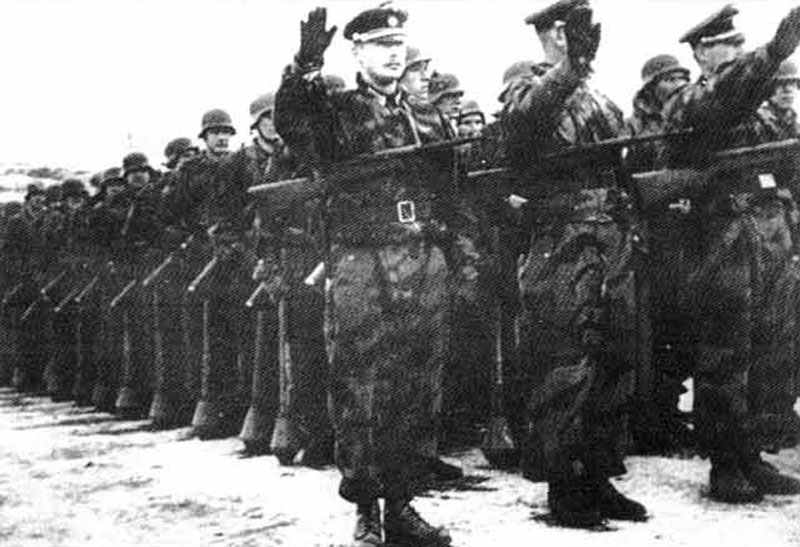
During World War II, HIWIs (Hilfswilliger) played crucial roles within the German military. They were integrated into various Wehrmacht units, often indistinguishable from regular troops. These volunteers were pivotal in numerous military operations, fulfilling support roles due to manpower shortages.
Integration in Wehrmacht
HIWIs were absorbed into the Wehrmacht to compensate for the loss of German soldiers. They were employed in roles ranging from manual labor to active combat support, including working as drivers, supply aides, or cooks.
The 2nd Panzer Army and other units benefitted from their participation, highlighting their integration in different capacities. Ostlegionen, military formations made up of non-German troops, also included many HIWIs, indicating their significant presence. Despite being volunteers, they often faced challenging conditions and limited recognition.
Role in Military Operations
HIWIs supported various German combat units by performing essential tasks during military operations. Engaged in logistics, they helped in transporting supplies and repairing equipment, enabling effective battlefield strategies.
They also participated indirectly in combat, assisting units with tactical operations. Their contributions earned some recognition, such as the General Assault Badge, awarded to those indirectly involved in combat actions. The use of HIWIs was critical for sustaining lengthy military campaigns, making them a vital yet sometimes overlooked component of the German military efforts during the war.
Frequently Asked Questions
The role of a Hiwi during World War II involved various duties and integration processes, motivated by survival and other complex reasons. Their legal status was distinct, impacting their treatment and post-war outcomes. Below are some key aspects related to the Hilfswilliger in the German Army.
What were the responsibilities of a Hilfswilliger in the German Army during World War II?
Hiwis were involved in numerous tasks such as labor work, guard duties, and logistical support. They often served in roles that freed up German soldiers for front-line combat. Some even participated in combat in specific situations.
How were Soviet auxiliaries recruited or integrated into the Wehrmacht?
Soviet prisoners of war and other civilians in occupied territories were recruited into the German Army as Hiwis. They went through a selection process, often directly from POW camps, and received basic training before deployment.
What was the legal status and rights of HIWIs in comparison to regular German soldiers?
The legal status of Hiwis was different from that of regular German soldiers. They were often considered second-class and did not receive the same rights or benefits. Their treatment also varied widely depending on the situation and location.
How did the presence of HIWIs affect the dynamics of the German military units?
The inclusion of Hiwis brought additional manpower to the German military. However, it also created tensions and logistical challenges due to language barriers and trust issues. Their presence often led to a complex dynamic within the units.
What were the common motivations behind Soviet prisoners of war volunteering as HIWIs?
Many Soviet prisoners volunteered as Hiwis to escape the harsh conditions of POW camps. Some were driven by survival instinct, while others may have sought better treatment or believed it offered a chance to eventually return home.
What was the post-war fate of Hilfswilligers who served with the German Army?
After the war, Hiwis faced various fates. Many were repatriated to the Soviet Union, where they were often treated as traitors. Some managed to resettle in different countries, while others faced severe consequences, including execution or imprisonment.


